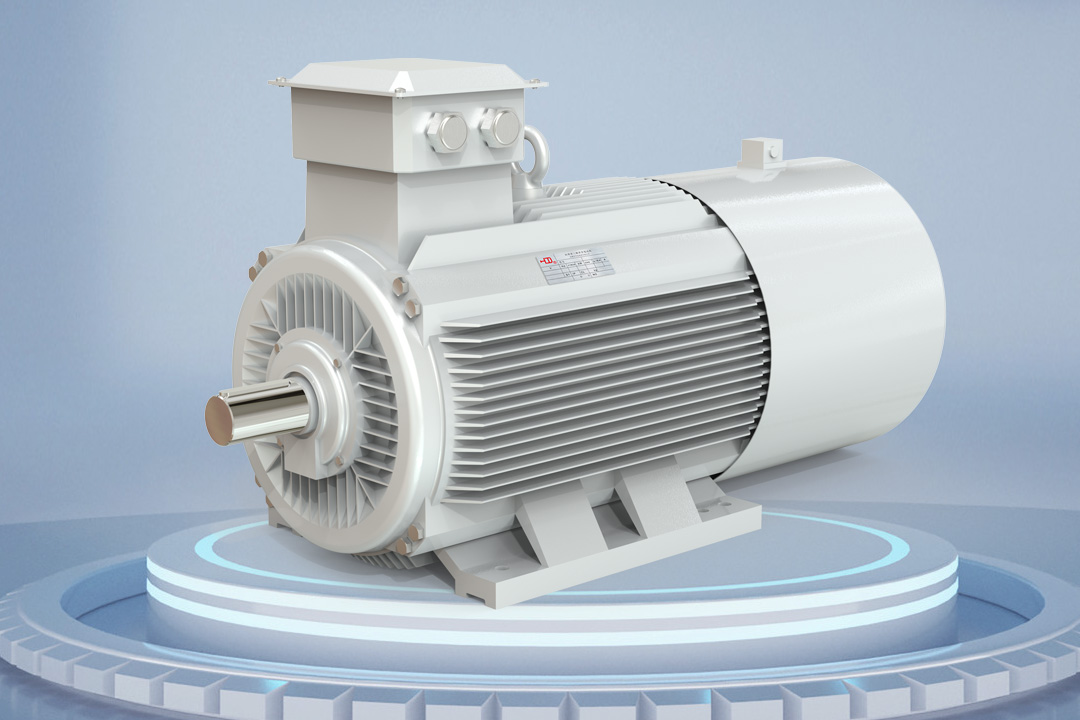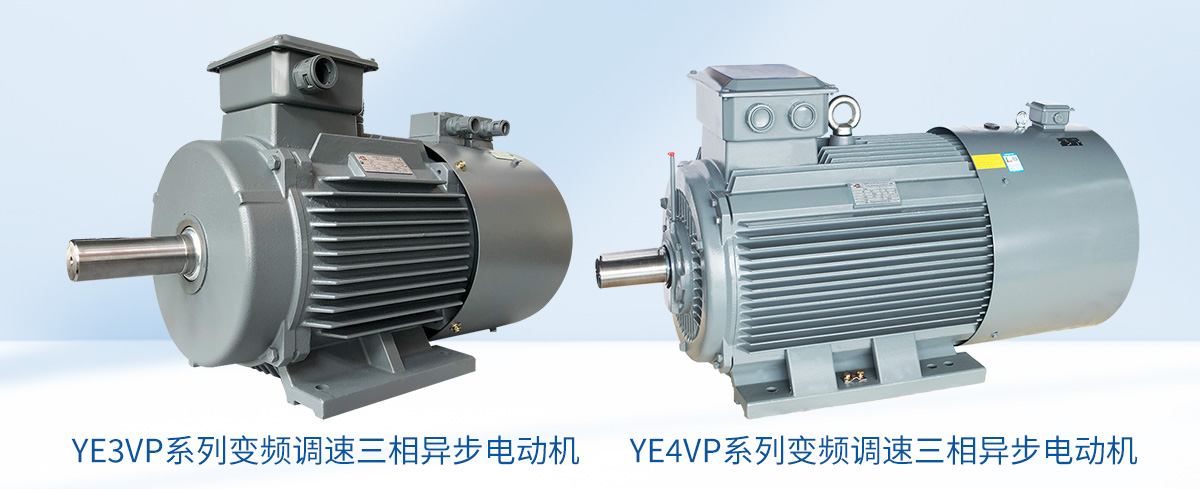With the widespread application of frequency conversion technology, motors have made significant progress in energy conservation, speed regulation, and automation control. However, many users have found that even with the use of a frequency converter, the motor may still burn out. What is the reason behind this? How can we effectively avoid it? This article will delve into the common causes of frequency conversion motor burnout and provide practical and feasible preventive measures.

1����、Common causes of burnout of variable frequency motors
①. Low frequency operation leads to insufficient heat dissipation
When the variable frequency motor operates at low frequencies, the speed of its built-in fan will also decrease, resulting in a significant decrease in heat dissipation capacity. If the motor operates at low frequency for a long time, the internal temperature of the motor will gradually increase, ultimately leading to insulation aging or even burning.
②. Damage caused by harmonics and peak voltage
The PWM waves output by the frequency converter contain a large number of high-frequency harmonics, which can generate additional eddy current losses in the motor windings, leading to local overheating. In addition, the peak voltage (dv/dt) generated during the operation of the inverter switching components may break through the insulation and damage the acceleration motor.
③. Overload or improper parameter settings
If the motor runs in an overloaded state for a long time and the current exceeds the rated value, it will cause the winding to overheat. In addition, setting the acceleration/deceleration time of the frequency converter too short can cause instantaneous current surges and increase the burden on the motor.
④. Insulation aging and high-frequency environment
The high-frequency voltage output by the frequency converter will cause greater stress on the insulation material of the motor, especially in old motors or non frequency conversion dedicated motors, where the insulation aging rate will significantly accelerate.
⑤. Mechanical and Electrical Resonance
The frequency converter may cause mechanical resonance at certain frequencies, leading to bearing wear or winding looseness, which in turn can cause faults.
⑥. External environmental factors
If the operating environment of the motor is harsh (such as high temperature, humidity, and high dust), it will also accelerate the insulation aging and mechanical wear of the motor.
2����、How to avoid the burning of variable frequency motors?
①. Choose a frequency conversion dedicated motor
The design of the frequency conversion dedicated motor has been optimized for high-frequency environments, with better insulation performance and heat dissipation capability. When selecting, giving priority to this type of motor can effectively reduce the risk of burning.
②. Optimize heat dissipation conditions
When operating at low frequencies, the self cooling ability of the motor decreases. It is recommended to install an independent cooling fan to forcibly dissipate heat. At the same time, ensure that the motor installation environment is well ventilated and avoid high-temperature operation.
③. Install protective devices
·Reactors and filters: Installing reactors or filters at the output of the frequency converter can effectively suppress harmonics and peak voltages, reducing damage to the motor.
·Dv/dt filter or sine wave filter: These devices can smooth the voltage waveform output by the frequency converter and reduce high-frequency damage.
④. Reasonably set the parameters of the frequency converter
·Acceleration/deceleration time: Set reasonable acceleration/deceleration time based on load characteristics to avoid instantaneous current surges.
·Carrier frequency: Adjust the carrier frequency to a reasonable range (such as 2-4kHz) to balance noise and heat generation issues.
·Minimum operating frequency: Control the minimum operating frequency of the motor to be ≥ 10Hz to ensure self cooling effect.
⑤. Regular maintenance and testing
·Insulation resistance testing: Measure the insulation resistance of the motor every quarter to ensure that the resistance value is greater than 1M Ω.
·Bearing and vibration testing: Regularly check the condition of bearings and motor vibration to avoid mechanical resonance or wear.
·Temperature monitoring: Install temperature sensors to monitor the motor's operating temperature in real-time and detect any abnormalities in a timely manner.
⑥. Avoid overloading operation
Ensure that the motor operates within the rated load range and avoid prolonged overload operation. If the load fluctuates greatly, it is recommended to choose a motor with higher power.
⑦. Improve the operating environment
Keep the operating environment of the motor clean, dry, and ventilated to avoid the impact of high temperature, humidity, and dust on the motor.
The reasons for the burnout of variable frequency motors are complex and diverse, but through scientific selection, reasonable parameter settings, comprehensive protection measures, and regular maintenance, the failure rate can be significantly reduced and the service life of the motor can be extended. In the era of frequency conversion, only by fully understanding the operating characteristics of the motor and taking targeted protective measures can the stable and efficient operation of the equipment be ensured.
Hengda Electric has always been dedicated to the research and development, production, and service of variable frequency motors. With advanced technology and equipment, lean manufacturing processes, reliable product quality, and satisfactory after-sales service, the company provides customers with the most suitable motor professional solutions and creates greater social value.







